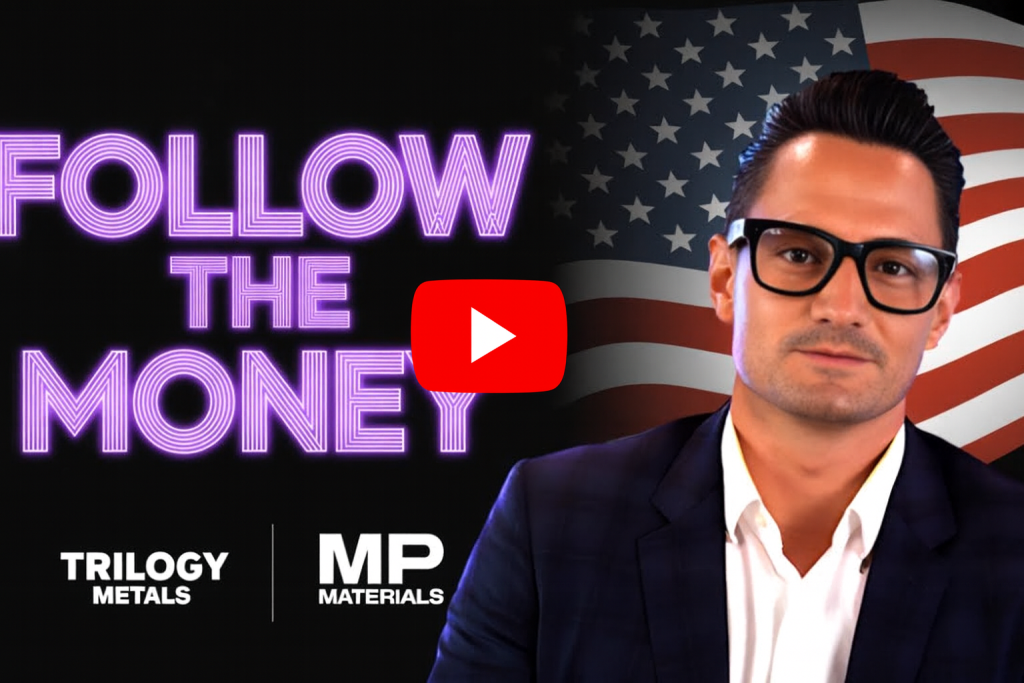Trump promised Ukraine ‘security guarantees’: Here’s what they could look like


U.S. President Donald Trump greets Ukrainian President Volodymyr Zelenskyy at the White House, amid negotiations to end the Russian war in Ukraine, in Washington, D.C., U.S., August 18, 2025.
Kevin Lamarque | Reuters
On the face of it, talks on Monday between U.S. President Donald Trump and Ukraine’s President Volodymyr Zelenskyy and European leaders went well.
The U.S. and Ukrainian leaders were pictured looking jovial and smiling together — a far cry from the extraordinary shouting match and public humiliation inflicted on Zelenskyy during his last trip to the White House in February.
Monday’s talks, which involved a raft of European leaders, appeared to make progress toward ending the protracted war between Russia and Ukraine, with Trump saying a meeting between Russian President Vladimir Putin and Zelenskyy would be arranged, followed by a trilateral meeting that he would join.
The most significant development result for Kyiv and Europe, however, was Trump’s statement that security guarantees for Ukraine would be “provided” by European countries in “coordination with the U.S.”
Describing that as a “major step forward,” Zelenskyy said later that the package of security guarantees for Ukraine — highly coveted by Kyiv’s leadership and seen as a deterrent to future Russian aggression — will include a massive purchase of American weapons, with financing reportedly supported by Europe. The agreement would be “formalized on paper within the next week to 10 days,” he said.
What security guarantees?
As for what the security guarantees could include, the detail is still scant. Trump commented at a post-talks press conference that Europe would “take a lot of the burden” for these, but said the U.S. would help and would make it “very secure.”
In any case, security guarantees likely mean that Europe, and the so-called “Coalition of the Willing” of countries offering to oversee a peace deal, is on the hook to fulfill what they’ve previously promised.
French President Emmanuel Macron hinted Tuesday that the “first security guarantee we are working on — and it is the most important — is a strong Ukrainian army, composed of several hundred thousand men, well equipped, with defense systems and higher standards.”
“The second is to have reassurance forces, the British, the French, the Germans, the Turks, and others ready to carry out these operations — not on the front line, not in a provocative way, but reassurance operations in the air, at sea, and on land. The goal is to send a strategic signal: peace in Ukraine is also our concern,” he told French broadcaster TF1-LCI, in comments translated by NBC News.
Jaroslava Barbieri, research fellow at Chatham House, told CNBC Tuesday that the overall mood from the talks on Monday was one of “cautious optimism,” but there are many unknowns.
“However, we have to say that the Kremlin’s maximalist demands on Ukraine have not changed and so there’s still a number of uncertainties about the security guarantees, the details, who is going to be doing what, if there are any troop deployments then where will they be stationed and for how long, which countries will be contributing?” she asked.
Obstacles to peace
European leaders have voiced misgivings over the lack of a ceasefire between Russia and Ukraine before a peace deal is negotiated, but they seem willing to acquiesce, for now, with the end goal of peace and Ukraine and Europe’s security in mind.
Gabrielius Landsbergis, Lithuania’s former foreign minister, told CNBC Tuesday that Europe still appeared to be struggling to be heard, saying the bloc had not yet found its strength and “ability to create leverage.”
“What came out of the meeting yesterday was that Europe was asking the U.S. yesterday to continue its assistance, to ask for a ceasefire, to assist any stationing of troops, and then some of the leaders were even saying, ‘Well, some of the Ukrainian territories might be lost, but that’s a reality.’ Well, that doesn’t sound like Europe finding it’s strength,” he said.
“It’s more like Europe agreeing that, ‘we are in a very weak position and we have to please President Trump as much as we can and we have nothing to put on the table’,” he noted.

What’s more, it’s unclear whether the Kremlin will even agree to direct talks with Zelenskyy. Putin’s presidential aide Yuri Ushakov stated Monday that Trump and Putin had discussed “that it would be necessary to study the possibility of raising the level of representatives of the Ukrainian and Russian sides,” but that no firm decision was made.
The proposed future summits between Trump, Putin and Zelenskyy would keep a process towards a possible resolution of the conflict alive, but it would still follow the Russian script of a no-ceasefire scenario, Holger Schmieding, chief economist at Berenberg Bank, cautioned.
“Putin may already set difficult conditions for a meeting with Zelenskyy. And in a meeting with Zelenskyy, Putin’s major goal may be to pin the blame for any failure on Zelenskyy instead of agreeing to a truce or a final deal. The outcome remains very uncertain,” he noted.










